The map above shows the range of Woolly Mammoths at their peak in the Late Pleistocene era which ended roughly 11,700 years ago.
The map is a Dymaxion projection with the blue regions showing where they roamed (note light blue regions were land during this period).
You can see a more standard map projection below:
In case there’s any confusion, the light green areas of the map refer to areas where they may have roamed, the dark green bits are where they are not believed to have roamed and the light blue areas are ice-sheets the mammoths could have used to roam across continents.
Therefore as you can see they roamed as far as England down to Spain, across most of Europe and Russia to Hokkaido, Japan and then across the Bering strait and into Alaska and then down to the Midwestern United States and Great Lakes region.
The reason they did not live in not live in what is today Northern Canada is because the area was covered in a massive ice sheet.
The area where they lived was known as the Mammoth steppe. If you’d like to learn more about woolly mammoths, you might find the following books interesting:
- Mammoths and Mastodons: Titans of the Ice Age
- How to Wash a Woolly Mammoth
- How to Clone a Mammoth: The Science of De-Extinction
Have any thoughts about Mammoths? leave them below:


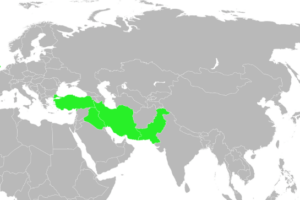

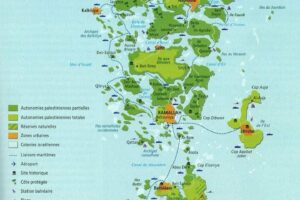
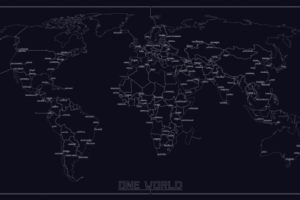
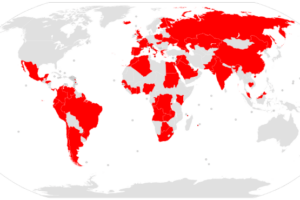
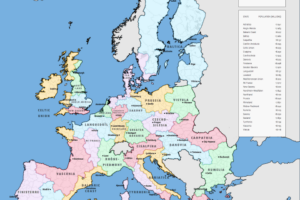

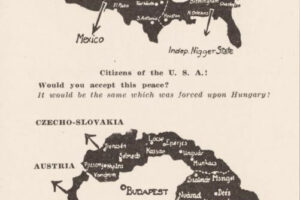
Peter Grifffith says
The light blue areas were not glaciated. This was a land bridge that was wet and green and covered with animals in the summertime. Perfect for grazing animals and the people who hunted them.
Cam says
Didn’t they roam as far down as California ? They dug one up at mammoth mountain didn’t they ?
Cammie says
Another species called the Columbian Mammoth did range from the northern United States to Costa Rica.
Manus says
The lebraya tar pits had either mammoths or Mastodons in them i’m sure
David Macdiarmid says
The map is a reflection of cold weather fruit trees during the ice age when an east/west cline of this mammoth food was much more widespread than now. Scientists are not sure why fruit tree distribution shrunk to refuge populations around 10,000 bc when weather warmed, the opposite should have held true. It is now thought that the mammoth spread seeds from refuge populations of apple, citrus and plum over it’s E/W migration path and created the large distribution of fruit trees. Scientists have gone so far as to say the mammoth selected the best fruits to eat and spread those seeds, that the mammoth was the domesticator of the fruit tree. This fruit tree/mammoth theory states that the mammoth could get get enough calories without a fruit diet, that what was thought be hunters pursuing mammoth were in fact gatherers fighting the mammoth for possession of the fruit trees. The final conclusion was that Eurasian sapiens took the mammoth ecological niche of fruit trees and that the entire ecological web collapsed when the mammoth stopped re-seeding the steppe. Sapiens apparently went to the refuge region of the apple and immediately started selective breeding to re-create sweet versions of these fruits gone wild after the mammoth was gone. Sapiens learned grafting from these apples and became the propagator that the mammoth once was. The agriculturist was born,.. and the Garden of Eden story created.